Okra (Abelmoschus esculentus) is an annual vegetable plant of the Mallow family. Okra is also an amazingly attractive crop. Most of Australia’s Okra production is in the Northern Territory. All Australian Okra production is eaten locally. Let’s check out more information about Growing Okra in Australia.
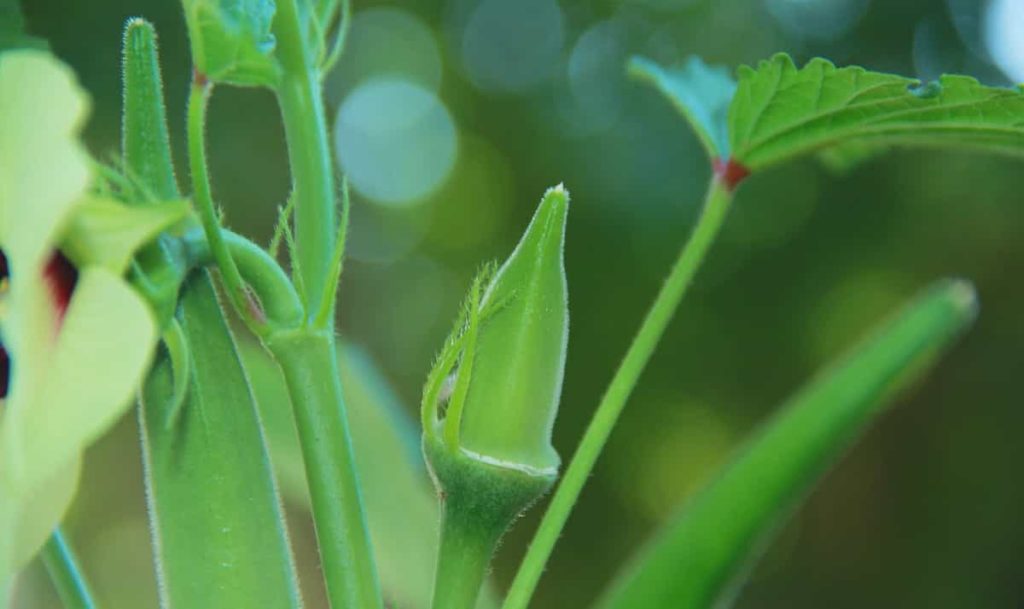
Most Australian Okra varieties are grown in the northern regions. Okra is sold in the local market, especially in the city’s major markets, including Sydney and Melbourne. Okra is a popular vegetable in Australia and begins to bear fruit only eight weeks after sowing. Okra seeds can be sown in sub-tropical and temperate regions of Australia during the summer and spring seasons.
Okra varieties in Australia
Both hybrid and open-pollinated, Okra seeds are available from commercial seed suppliers. The most popular Okra varieties are Clemson spineless and dark green.
These are some of the most well-grown varieties of Okra in Australia. However, gardeners can choose any type according to the growing soil, the prevailing climate, and taste preferences.
Soil type and climate for growing Okra in Australia
Okra can be grown in many soil types, but it is best for irrigation, well-drained, sandy loam soils, and a pH of 6.0–6.8. Okra production is suitable for tropical and warm temperate climates. Most crops require a short day length to start flowering, but there are longer day and neutral-day crops.
The neutral crop of the day will continue to bloom from the beginning of flowering till the first frost. The plant tolerates water pressure, but yields will be reduced, mainly if stress occurs during the flowering or pod-filling stages. Low levels of rainfall and moisture are suitable for seed production.
In case you missed it: Guide to Growing Okra/Bhendi in Texas: For Beginners, Soil Preparation to Harvest
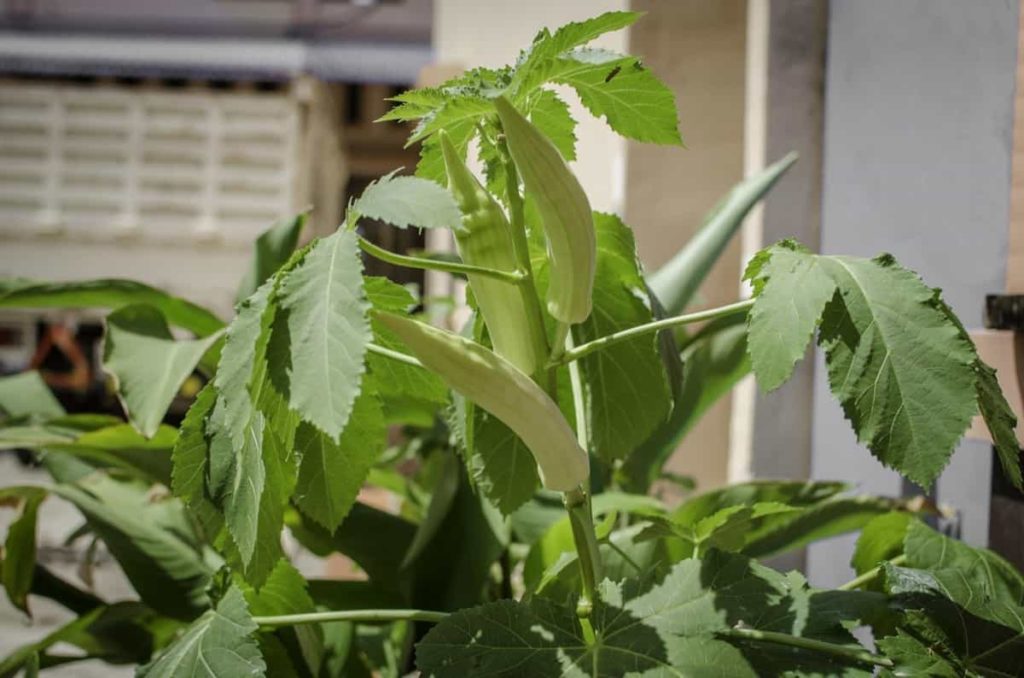
Will you grow Okra in Australia?
In the Northern Territory, Okra was grown mostly, while in southeastern Queensland, some Northern Territory were grown during the wet season. The Okra plant can be grown in various soils, but it is ideal for sandy loam, well-drained, and pH-balanced soils.
Okra industry in Australia
The Australian Okra Industry produces over 2,500 tons of Okra annually. Most of Australia’s Okra is grown in the northern region around Darwin. In addition, okra is grown in the Burdekin area Locker Valley in Queensland, and Carnarvon in Western Australia, in small quantities in other states. Okra grown in Australia is available all year round, with peak production between May and July.
The Australian Okra Industry focuses primarily on domestic supplies to markets in major cities, including Sydney and Melbourne. Okra’s industry is classified as an emerging industry in Australia and is covered by the Industry Association AUSVEG. Okra is also represented by the Northern Areas Farmers Association in the Northern Areas. And the Northern Territory Horticultural Association (NTVFA). Global Okra production is 8.9 million tonnes, with an average of 2,000 tonnes in Australia over the same period, especially in the Northern Territory.
Best season for growing Okra in Australia
The plant is sown in June-July, and in spring, it is sown in February-March. It is recommended that rows be spaced 45 cm apart and plants 15-20 cm apart.
Best months for growing Okra in Australia
Okra varieties vary in color from bright green to deep purple and red, and they usually last from summer to early autumn. However, it would help to avoid pods that are too ripe or too large, as they will have a sticky texture.
Best months for growing Okra in Australia in sub-tropical regions
- Aug – Sep is best to plant undercover in seed trays
- Oct-Nov-Dec is best to plant out (transplant) seedlings
- Jan- Feb is best to sow seed
Best months for growing Okra in Australia in tropical regions
Apr-May-June-July-August-September is best to sow seed
In case you missed it: Red Okra vs Green Okra: Which Makes You Rich?
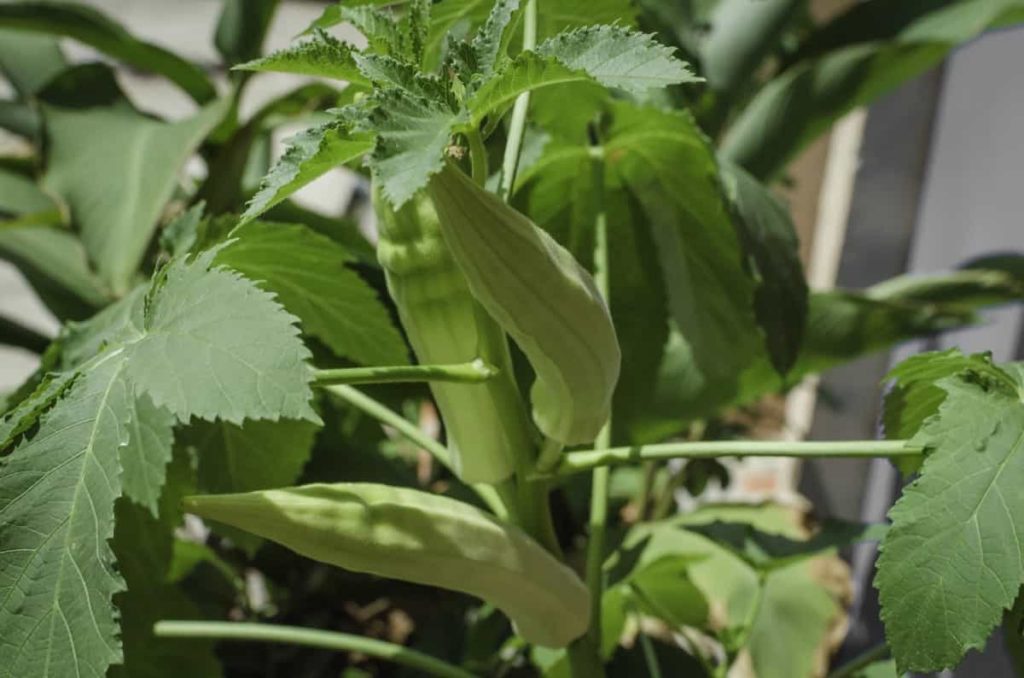
Planting and crop management
Growing sites for the Okra plant should be clean and free from sticks, and the soil should be well-drained. Okra is best applied when the soil temperature is 20-35°C. Okra is planted from April to June in northern areas. These are susceptible to wind damage, and it may be necessary to install windbreaks every 50 meters. Appropriate fertilizer or nutrition programs should be followed to meet the expected yield.
For example, in the Northern Territory, farmers look for soluble NPK, nitrogen, phosphorus, and potassium fertilizers, and trace elements during the growing season. Other fertilizers used include MKP (a soluble fertilizer containing potassium and phosphorus), calcium nitrate, and potassium nitrate. Side dressing should also be considered during crop growth. In addition, the use of mulch can increase the production of Okra.
The most successful is the combination of green manure crops and plastic mulch. The most effective form of irrigation with plastic mulch is drip irrigation. Then, add fertilizer to the soil to provide nutrients to the plant, and you can also side-dress the plant. Also, if you wish, you can apply a balanced fertilizer at planting. Once the plant reaches a height of 6 inches, apply a balanced amount of fertilizer again. Keep in mind that if the soil is rich in nitrogen, it can promote plant growth at the expense of the fruit, so keep a balance.
How to grow Okra from seed
You can sow Okra seeds directly from the packet, but to improve the germination rate of seeds, first soak them in water for a few hours. Before planting your seeds, take your soil to a good field. Okra performs well in poor soils, even with a lot of soil; before planting, compost and fertilize the area to prepare and re-promote the mid-season. Sow the Okra seeds half an inch deep in rows at a distance of 18-36 inches.
Okra can grow up to 6 feet, so support the planting stage. Here are some great vegetable garden ideas to help you maximize your home crop. Once the plants are 3-4 inches tall, thin them out at 2-3 feet. To do this, select weak plants and cut them from the base. It needs plenty of water, so make sure to soak it well once a week, mainly if you grow it in soil that does not retain moisture well.
In case you missed it: Okra Pests, Diseases, Symptoms, And Control Measures
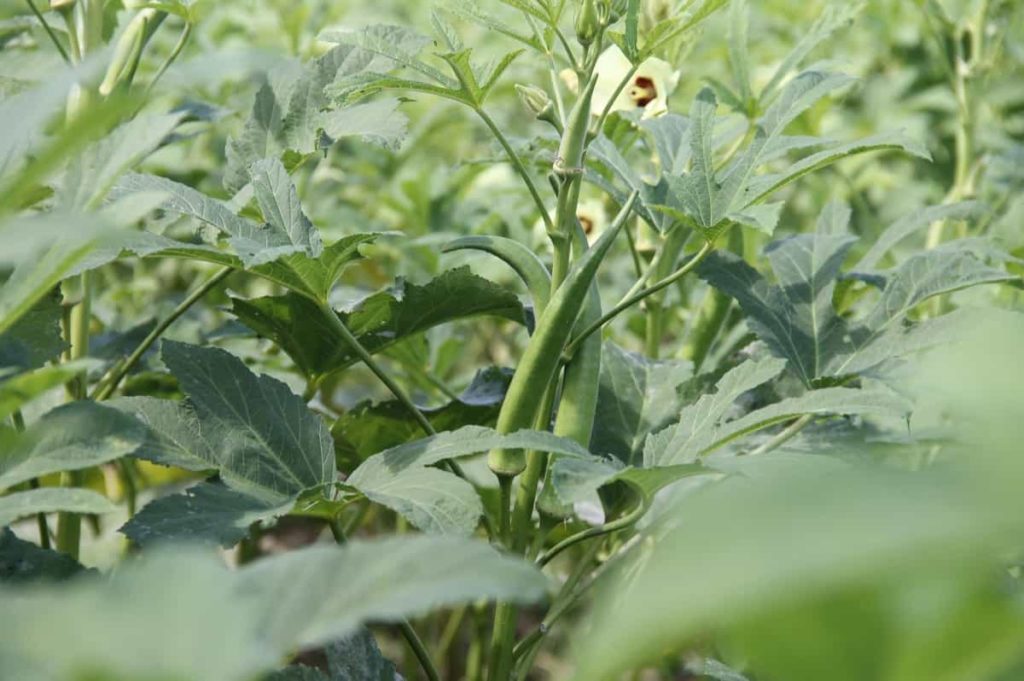
However, avoid over-watering the Okra, as it can cause root rot – notice that the underside of the seed is turning black. Remove laterals from plants, as they produce very little fruit, provide shade to critical stems, and make the care routine more complicated. It takes about 60 days for Okra plants to reach maturity, at which point you can start harvesting pods.
Do they have Okra in Australia?
The Northern Territory is home to most of the Australian Okra. Northern Areas sells Okra in the local market, mainly in the city’s major markets, including Sydney and Melbourne.
Care during the season
Plant around Okra plants to remove weeds. To avoid damaging the Okra roots, pull the weeds close to the plants by hand. After the first harvest, apply 1 cup of garden fertilizer for every 10-foot row. Spread the fertilizer evenly between the rows. Mix it lightly with clay. Water the plants after fertilizing.
Can Okra be grown in Melbourne?
The plant can now be planted in cool, warm climates in early summer. All year round in the tropics. In addition to full sun, Okra prefers well-drained soil, neither more fertile nor under-fertilized. It can be grown in pots as well as in pots. Give the plant a little water instead of the top of the stem, as stem rot occurs when the plant is exposed to water.
It can now be sown in temperate and mild climates until early summer. In the tropics, it can be sown all year round. Okra grows best in daylight with well-drained soil that does not contain more or less fertilizer. Okra is a vegetable that grows fast. The flowers bloom in 12-14 weeks, after which the seed pods appear in a few days.
In case you missed it: Organic Okra Farming (Bhindi/Lady Finger), Cultivation
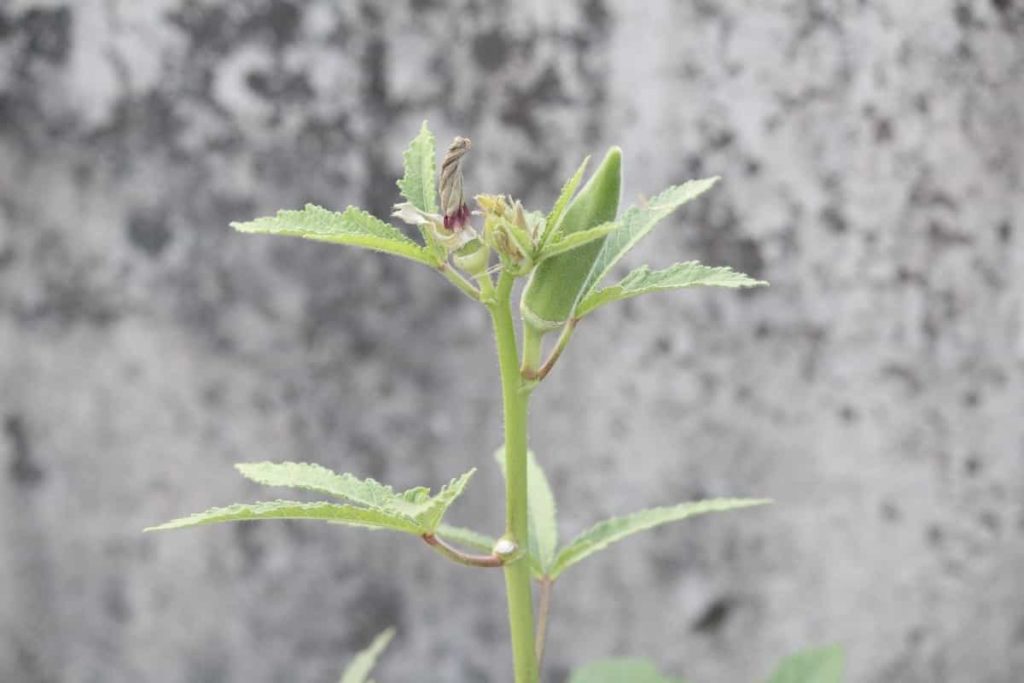
Grow Okra in containers
Choose a type of dwarf or small-sized Okra plant to grow in containers. Choose 3–5-gallon size vessels with drainage holes for container-grown Okra plants. The potting mix should be well extracted with a pH range of 6.5-7.0, containing abundant compost or composted manure. Sow 2-3 Okra seeds 1 inch deep and 12-18 inches apart in each pot. Keep the pot in a place where there are six to seven hours of sunlight daily.
Okra grown in containers needs to be well watered with one inch of water every week. In addition to producing delicious vegetables, Okra also has flowers with beautiful foliage, so it also acts as an ornamental plant. Okra plants grow very fast. Common species reach a height of about 2 feet in a month. The buds begin to appear in one or more months. If your pot mix is too loose when growing Okra in pots, you may need to provide some help to the plant.
Because Okra is grown in hot weather, the moisture from the containers dries out quickly. Therefore, mulching is essential for Okra plants. When the daytime temperature is high, you need to water the plant twice daily. Otherwise, once a day is enough to water. If you are unsure, you should check for dry leaves a few times a day. If you feel dehydrated, you need to give more water. Choosing the right-sized pot can determine if you will be able to grow Okra in containers. Okra roots are large, so you need a pot containing them.
Black is the best color for pots because Okra likes heat. If the vessel is black or dark in color, it will absorb more sunlight. Please make sure there are drainage holes in the bottom of the container and line it with gravel to allow excess water to drain out of the soil. It is best to keep a plate or tray under the pot. Although Okra tolerates heat, make sure the soil is evenly moist.
Because they are in containers, the soil will dry out very quickly, especially at warmer temperatures. Water well in the morning, but keep an eye on them during the day, especially in hot months. In hot weather, the leaves are expected to fall a little in the afternoon, but you may need to water them again if they fall too much.
Water requirement for growing Okra
Okra will perform quite well in dry conditions. If you water the Okra plants every 7 to 10 days, the yield will be higher. Sandy soils will need more water than loamy soils.
Diseases and insects that infect Okra
Insects – Many pesticides are available in garden centers for homeowners to use. Organic options include sulfur and Bt-based pesticides. Also, sulfur has antifungal properties and helps in controlling many diseases. Before using pesticides, read the label and follow the precautions, warnings, and instructions.
In case you missed it: Okra Farming Cost, Profits (Bhindi) – A Project Report
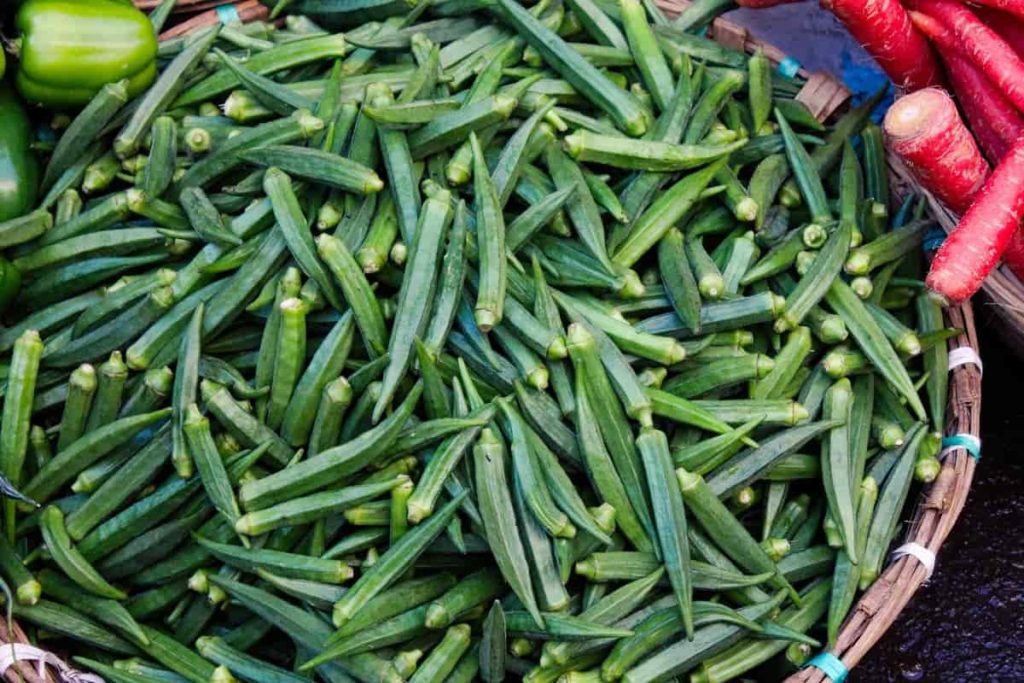
Diseases – Diseases are most severe in cloudy, humid weather. Check the plants daily and if diseases appear, treat them with an approved fungicide. Sulfur, neem oil, and other fungicides are available for use. Always follow the label instructions.
Okra is susceptible to soil-borne pests and diseases. It is important to practice crop rotation to avoid nematodes and verticillium withering (do not grow in the same place for 3-4 years). Fungal problems can occur in areas with high humidity or when the plants are very close. Allow plants to flow properly and avoid growing crops in wet weather.
Harvesting and processing
Okra grows very fast when the first pods are harvested 4-5 weeks later. Pods must be picked within a week of flowering and pollination – about 5-8 cm tall – and every two to three days during northern areas’ hot or cold dry weather. Pods become hard and inedible when they are too long. Black spots after harvesting can be a problem, and pods should be treated by washing them after harvesting in 100 ppm chlorine bleach solution.
Okra pods must be handled with gloves as they are susceptible to bruising, and if they do, they quickly turn black. They should be packed in wax cartons and stored in bags at 7-10°C at 90-95% humidity, but ideally, they are sold immediately after harvest.
Okra marketing in Australia
All Okra produced in Australia is eaten in the local market, especially in the southern states. It is marketed through the vegetable markets in Sydney. Transportation costs can be significant in these markets.
Conclusion
Growing okra in Australia is fun and profitable. If you develop a proper okra farming business plan in Australia, you can earn thousands of dollars in this.
- Economical Aquaculture: A Guide to Low-Budget Fish Farming
- 15 Common Planting Errors That Can Doom Your Fruit Trees
- How to Make Houseplants Bushy: Effective Tips and Ideas
- Innovative Strategies for Boosting Coconut Pollination and Yield
- Pollination Strategies for Maximum Pumpkin Yield
- The Complete Guide to Chicken Fattening: Strategies for Maximum Growth
- Natural Solutions for Tulip Problems: 100% Effective Remedies for Leaf and Bulb-Related Issues
- Revolutionizing Citrus Preservation: Towards a Healthier, Greener Future
- Natural Solutions for Peony Leaf and Flower Problems: 100% Effective Remedies
- Maximizing Profits with Avocado Contract Farming in India: A Comprehensive Guide
- Natural Solutions for Hydrangea Problems: 100% Effective Remedies for Leaf and Flowers
- The Ultimate Guide to Choosing the Perfect Foliage Friend: Bringing Life Indoors
- From Sunlight to Sustainability: 15 Ways to Use Solar Technology in Agriculture
- The Ultimate Guide to Dong Tao Chicken: Exploring from History to Raising
- The Eco-Friendly Makeover: How to Convert Your Unused Swimming Pool into a Fish Pond
- Mastering the Art of Delaware Chicken Farming: Essentials for Healthy Backyard Flocks
- 20 Best Homemade Fertilizers for Money Plant: DIY Recipes and Application Methods
- How to Craft a Comprehensive Free-Range Chicken Farming Business Plan
- Brighten Your Flock: Raising Easter Egger Chickens for Beauty and Bounty
- How to Optimize Your Poultry Egg Farm Business Plan with These Strategies
- Subsidy for Spirulina Cultivation: How Indian Government Schemes Encouraging Spirulina Farmers
- Ultimate Guide to Raising Dominique Chickens: Breeding, Feeding, Egg-Production, and Care
- Mastering the Art of Raising Jersey Giant Chickens: Care, Feeding, and More
- Ultimate Guide to Raising Legbar Chickens: Breeding, Farming Practices, Diet, Egg-Production
- How to Raise Welsummer Chickens: A Comprehensive Guide for Beginners
- How to Protect Indoor Plants in Winter: A Comprehensive Guide
- Ultimate Guide to Grow Bag Gardening: Tips, Tricks, and Planting Ideas for Urban Gardeners
- Guide to Lotus Cultivation: How to Propagate, Plant, Grow, Care, Cost, and Profit
- Agriculture Drone Subsidy Scheme: Government Kisan Subsidy, License, and How to Apply Online
- Ultimate Guide to Raising Araucana Chickens: Breed Profile, Farming Economics, Diet, and Care
- Bringing Hydroponics to Classroom: Importance, Benefits of Learning for School Students
- Ultimate Guide to Raising Polish Chickens: Breed Profile, Farming Economics, Diet, and Care
- Ultimate Guide to Raising Australorp Chickens: Profile, Farming Economics, Egg Production, Diet, and Care
- Silkie Chicken Farming: Raising Practices, Varieties, Egg Production, Diet, and Care
- Sussex Chicken Farming: Raising Practices, Varieties, Egg Production, Diet and Care
- Homemade Feed Formulations for Livestock: Discover Cost-effective Starter to Finisher Feed Recipes